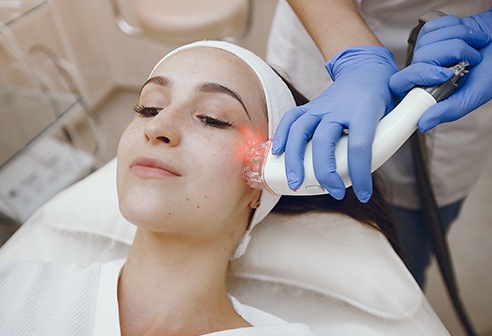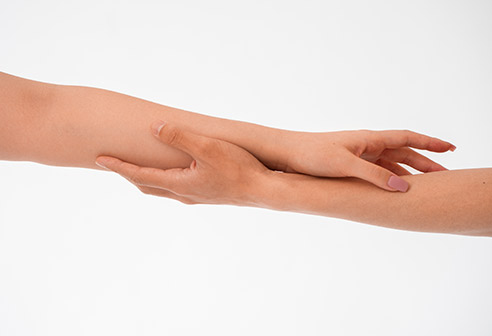
Moles, medically called nevus, are formed by the clustering of pigment cells that give color to the skin. Nevus can be congenital or appear at another stage of life. Nevus, which can be seen in different forms such as color, size, and elevation from the skin on any part of the body, can sometimes cause aesthetic problems or difficulties during shaving. The number and size of moles can change during adolescence and pregnancy, with exposure to sun or tanning beds, or in old age. A significant portion of nevus are benign. However, over time, negative changes such as darkening in color, bleeding, and shape changes may occur. Skin cancer called 'melanoma' can develop as a result of uncontrolled division and proliferation of skin cells. Symptoms such as growing mole edges, burning, and itching should be noted. Changes in the color, shape, and size of these structures should be continuously monitored. A specialist should be consulted for possible symptoms.
How is Mole Treatment Performed?
Nevus can be treated with surgical methods or with laser. For laser application, the mole must be "benign." Laser treatment, performed with the latest technological facilities, is preferred for moles on or close to the skin surface. Surgical methods are recommended if the lesions (tissue disorders) have deep roots. Benign moles close to the skin level can be removed with a single session of laser treatment without leaving any scars. Thanks to the local anesthesia administered during the procedure, the patient feels no pain. The treated area heals in approximately 1 week. A slight redness may remain on the skin. This area also heals within one to six months, and the skin returns to its normal tone. Moles must be treated by a specialist in a healthcare institution.
What Are the Advantages of Laser Mole Treatment?
Laser, a very healthy and practical option, can treat benign moles (except very large ones) in a single session without leaving any scars. It is also an effective solution for moles that are flush with the skin level or appear as elevations on the skin. In moles on the scalp and beard, hair follicles are not damaged. Therefore, no scars are formed. An average of 30-40 moles can be treated in one session. Since there is no bleeding, no dressing is required. The risk of infection is low because there are no incisions or burns on the skin. The healing process is faster. It is a non-invasive (ventilator support applied without using an endotracheal tube) treatment procedure. It can be easily considered for areas on the skin that are difficult to operate on.
Are There Any Side Effects of Laser Mole Removal?
A specialist physician decides whether a mole can be treated with laser based on the examination. Compared to other treatment methods, the risk of scarring and infection is lower in laser treatment because no incision is made in the skin. However, very large moles may leave a small scar similar to an acne scar, and temporary discoloration and redness may be observed.
Which Moles Can Be Removed with Laser?
Laser treatment is a frequently preferred method for moles that bother the person due to the advantages it offers. Being a painless procedure, not causing scars, and not recurring, laser application is ideal for removing nevus in difficult-to-treat spots, especially for benign moles that are flush with the skin or appear as elevations on the skin.
What to Pay Attention to After Treatment
Laser treatment is applied to the pigmentation cells that form the structure of the mole under local anesthesia. In this procedure, which has a shorter healing period than surgical techniques, the cells that absorb laser light move away from the healthy skin. The rules that need to be followed sensitively after the operation are communicated to the patient by the doctor as part of the treatment plan. Paying attention to the specialist's warnings supports the successful completion of the treatment process. Sometimes small red spots may appear in the area cleaned with laser. These symptoms, considered normal, are covered with a dressing. In addition, any crusting falls off within a week. It should be remembered not to apply makeup to the skin until the crusts fall off.
What Determines Mole Treatment Prices?
For laser treatment, appropriate procedures are first planned with the relevant specialist. The person is informed about potential risks and complications during the treatment. The patient's necessary analyses and measurements are evaluated. Within this framework, suitable price criteria are determined based on the type, size, location, and number of the mole.



